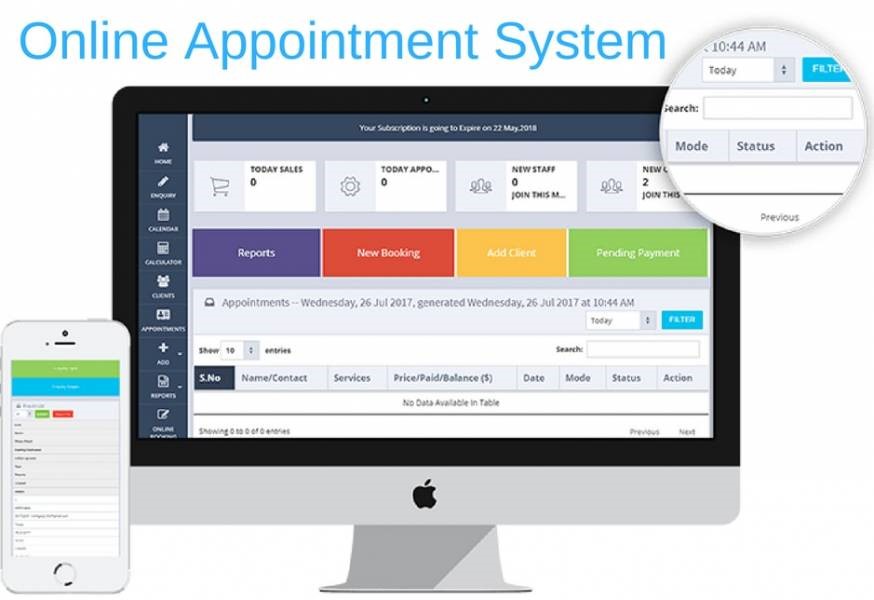With fewer face-to-face interactions with customers, your start-up should have a strong brand-building strategy, now more than ever. Create yours through these steps.
“New normal” has emerged as a buzzword lately, given the drastic changes the COVID-19 pandemic has brought to people’s lives. For the business sector, it’s largely focused on going online. This isn’t only in terms of employee management or team collaboration, making chat apps, and virtual meeting rooms buzzing all day long. The digital-first mode applies to brand-building strategy, and for a good reason.
With quarantine measures set in motion all over the world, it’s highly unlikely to have face-to-face interactions with audiences. The irony is in a crisis like this, it’s all the more important to stay in touch with your market. Otherwise, you lose an opportunity to be of service and, in a way, fail to make your brand felt. When people look back at this fragile moment in history and check what you did, it will be disappointing to not find anything there.
That said, it’s crucial to create a unique brand voice content for your business, which not only benefits you, but more so your audience.
What is Brand Building?
Simply put, this entails making your brand known to the world. It’s about increasing awareness about your products and services. This is a crucial business move in laying down the foundations of a reputable image, especially when you’re a start-up.

The process typically involves three phases: creation, characterization, and communication. A business without a content marketing strategy is one that is not successful. These principles of brand building are effective whether or not there’s a crisis at hand. Follow this guide in increasing awareness in order to be relevant to the times and relatable to the changing market.
Brand Creation:
Step 1: Know your customers.
One of the simplest yet critical branding tips you should remember is understanding your audience. To appeal to them, you need to know what captures their interest, what makes them tick, or what keeps them up at night. Ideally, you need to have a detailed profile of each of the customers you have. Aside from the usual demographics, dive into their psychographics, personality, life values, lifestyles, and the like.

This strategy is especially important now since consumers are very concerned and anxious. When you’re able to hit those psychographic points later in the last stage of the brand strategy, you would be able to make your brand stick.
Step 2: Go back to your core philosophy.
Your vision and mission statements will determine how you grow operations internally and how to create a brand identity that resonates with your audience. In this regard, ask yourself these two questions:
- Why does your start-up exist?
- What do you aspire it to be?

Again, the answer to these questions will influence how you communicate in the last stage of your brand-building strategy.
Take, for example, the automotive company Ford. According to their company profile, their aspiration is to become the world’s most trusted company. This vision influences not just their services, but also how they communicate during the COVID-19 pandemic. In March 2020, they announced a credit support program that will extend financial assistance to those affected by the pandemic.
Remember this simple principle: revisit your core business philosophy and let it guide you in shaping your brand strategy.
Step 3: Determine what sets you apart from your competitors.
What makes your business unique from the rest of the industry players? Is it the quality of your clothing, the youthful vibe of your designs? Starting a brand of clothing begins with these value propositions. List them down one by one. Remind yourself of these crucial ingredients to make sure that they’re reflected in your communications later.

Take time to find out what makes your brand stand out as a start-up. This may be the very thing people would hold onto in a time of crisis.
Brand Characterization:
Step 4: Use visual elements.
Once you gather the building blocks of your brand identity, you can now proceed to making these abstract concepts more concrete.
The second step in how to build an online brand is by translating those customer interests, business philosophy, and value propositions into visual representations. This is a characterization or the actual construction of your brand identity. With this step, you’ll be easily recognizable.
Below are the basic visual elements you should have:
- Logo. Give your start-up a visual representation; the simpler, the better. Consider Nike’s Swoosh or McDonald’s Golden Arches. They’re quite memorable partly because of their simplicity.
- Typography. Select a font that best represents your brand. Think about the kind of persona you want to project. Are you professional or quirky, young or seasoned? These personalities will guide you in choosing between light or bold strokes, or geometric forms or brushed curves in typefaces, ultimately contributing to building your brand’s image.

- Color. One good way to choose the right colors for your brand is to use psychology. Colors signal different perceptions and moods. Blue, the preferred hue of many tech companies, symbolizes trust, security, and logic. Red, commonly seen in fast food restaurants, represents energy and excitement.
What do you want your market to feel when they think about your brand? Match that emotion with a color.
All these elements should be tied together and form one cohesive brand identity. Do note that these evolve through time. For instance, in this era of staying indoors, some brands are making social-distancing logos. These helps keep companies in people’s minds, while informing the public of important quarantine measures. Follow the same effective brand strategy examples.
Step 5: Make your brand human.
Aside from visual elements aiding in brand recall, you have to make a persona for your start-up. People engage with people, not with cold, faceless, intimidating companies. If you want to attract audiences, you need to humanize your brand. Below are some aspects to consider to make this happen:
Personality. If your brand were a human being, what character would it have? Is it like Hallmark or Disney, sincere and sentimental? Or, is it like Google and Microsoft, trustworthy and competent? Perhaps it’s Apple, who’s very sophisticated and sleek. Imagine your brand as a person and determine its personality.

- With personality in mind, your brand will have a unique voice when talking to customers. You can be authoritative, friendly, or quirky in your messaging later. Follow best practices and industry standards in creating a unique brand voice for your content.
Developing a brand entails having these two elements well-reflected in your communications later. Even in times of crisis, it’s important to be consistent to your brand personality and voice.
Consider Dollar Shave Club, which is known for its blunt and sarcastic persona. They recently posted the most outlandish thing they did since the quarantine started and asked Facebook fans to share theirs. The message is relevant to the times yet still aligned to their “human brand”.
Brand Communications:
Step 6: Maximize the right platforms.
This is the last of the stages of brand building. Exposure is now the focus. The general principle is that the more exposure, the better. However, it’s important to note that you don’t want to be out there just for the sake of being out there. Every appearance should count. Besides, you don’t have unlimited resources to be present everywhere, all the time.

The truth is it’s not about being on every online channel just to achieve more exposure. By picking the right platforms and being consistent in your presence there, you’ll get the right exposure. Below are some key reminders in using online channels:
- Get cues from your market. Where do they loiter? Where do they go online to get information about you? With the stay-at-home policy today, people have turned online to be informed, educated, and entertained. Part of a good branding strategy is to be on the same platforms they’re on.
- Understand the basics. As a general principle, you should be present on two platforms: your website and on social media (Facebook, Twitter, Instagram, LinkedIn). This will help you catch the people searching for you on Google and, at the same time, talk to them in real-time.
Step 7: Aim for relevance.
Aside from online channels, what you want to focus on in communications is your messaging. For sure, you’ve heard all the things your content should have: clarity, completeness, conciseness, and more. And if there’s one thing that you should never forget, it’s relevance.

The brand strategy framework starts with your understanding of customers, their demographics and psychographics. Let this guide you in the last stage of brand building. Incorporate your consumers’ interests and concerns in your content. Ziploc has been doing a great job on this. Knowing that a lot more people are working from home now with the stay-at-home policy, they give tips about quick-and-easy meal preparations.
A brand-building strategy is crucial, especially if you’re a start-up, and necessary when there’s a crisis.
More than being remembered, you want to take part in addressing the needs of your customers during such a sensitive time. With branding strategies done right, your customers would know that you have the right solutions.







